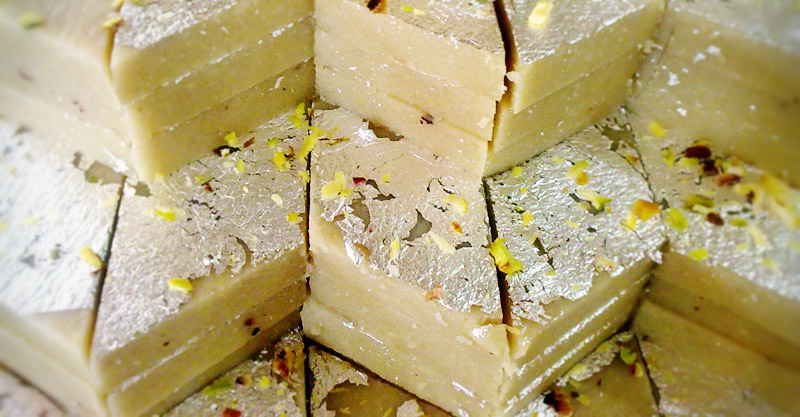<p style="text-align: justify;">Spring time for us here in the UK might be marked by chocolate eggs, frolicking lambs and those light April showers that herald the tail end of the colder months, but in India this time of year is marked by a variety of very different events. The months of March and April are historically thought of as a time for new beginnings, the dawn of the new season and even the New Year in certain parts of the world.</p>
<p style="text-align: justify;">In India, these months are important as a time of harvest when food is abundant and thanks is given for the produce the land has yielded up to sustain its people. As a result, there are several harvest festivals that take place around this period. One of the most interesting is the festival of Gangaur, a colourful celebration held in Rajasthan and considered to be one of the most important festivals the country holds dear.</p>
<h3 style="text-align: justify;"><strong>What is Gangaur?</strong></h3>
<p style="text-align: justify;">Gangaur is a celebration held in the honour of Gauri or Parvati, the consort of Hindu deity, Lord Shiva. Not only does it celebrate the harvest and the advent of spring but it also symbolises marital loyalty, with Indian women in particular taking time to give praise to the goddess and decorate their hands with henna in her honour. Unmarried women pray for a good husband whilst those that are already married worship Parvati to ensure the welfare of their marital relationship as well as for happy, healthy lives for their husbands.</p>
<p style="text-align: justify;">The festival follows closely on the heels of the frolicsome free-for-all that is Holi, the festival of colours. Gangaur is celebrated for 16 days with a variety of rituals to be observed and processions that must be undertaken. One such ritual involves the omen fasting and eating only one meal per day. This meal tends to be based around milk, fruit and sweets, although some home-cooked savoury foods might be consumed occasionally. The unmarried women will also prop small earthen pots on their heads and sing songs as they walk amongst the community and collect presents. These presents are usually sweets, money or ingredients such as jaggery. After ten days of this collecting, the women smash the pots and feast on their bounty.</p>
<h3 style="text-align: justify;"><strong>Favourite Sweets of Gangaur</strong></h3>
<p style="text-align: justify;">Sweets are one of the most important parts of an Indian celebration and are utilised to great effect during Gangaur. Creamy kheer, melt-in-the-mouth barfi and sugary halwa are staples of the festival menu but one of the most iconic sweet treats associated with Gangaur in particular is ghewar. One of the most popular treats of Rajasthan, ghewer comes in many varieties but in its plainest form is a cake made from flour, ghee and kewra, soaked with sugar syrup and often flavoured with almonds, pistachios and spices such as cardamom and saffron. Another Gangaur favourite is guna – rolled strips of flour-based dough, mixed with sugar and fried in ghee until golden.</p>
<p style="text-align: justify;">A meal at one of London’s best Indian fine dining restaurants simply can’t be considered complete without a delicious dessert to top off your feast. Book a table today and you’ll see why Indian sweets are such an integral part of not only celebrations, but of the culture itself.</p>

Sweets To Celebrate Gangaur
